
Filter News
Area of Research
- Biology and Environment (7)
- Computational Engineering (1)
- Energy Science (8)
- Fusion and Fission (4)
- Fusion Energy (1)
- Isotope Development and Production (1)
- Isotopes (2)
- Materials (20)
- Materials for Computing (2)
- National Security (4)
- Neutron Science (13)
- Nuclear Science and Technology (6)
- Supercomputing (22)
News Type
News Topics
- (-) Advanced Reactors (12)
- (-) Biomedical (17)
- (-) Frontier (16)
- (-) Physics (26)
- (-) Space Exploration (3)
- 3-D Printing/Advanced Manufacturing (48)
- Artificial Intelligence (35)
- Big Data (8)
- Bioenergy (25)
- Biology (26)
- Biotechnology (10)
- Buildings (15)
- Chemical Sciences (35)
- Clean Water (2)
- Composites (12)
- Computer Science (63)
- Coronavirus (17)
- Critical Materials (11)
- Cybersecurity (17)
- Education (3)
- Element Discovery (1)
- Energy Storage (43)
- Environment (38)
- Exascale Computing (13)
- Fossil Energy (1)
- Fusion (17)
- Grid (16)
- High-Performance Computing (32)
- Isotopes (20)
- ITER (2)
- Machine Learning (13)
- Materials (60)
- Materials Science (56)
- Mercury (2)
- Microelectronics (1)
- Microscopy (17)
- Molten Salt (3)
- Nanotechnology (29)
- National Security (18)
- Neutron Science (54)
- Nuclear Energy (28)
- Partnerships (31)
- Polymers (13)
- Quantum Computing (13)
- Quantum Science (31)
- Security (12)
- Simulation (10)
- Statistics (1)
- Summit (22)
- Transportation (26)
Media Contacts
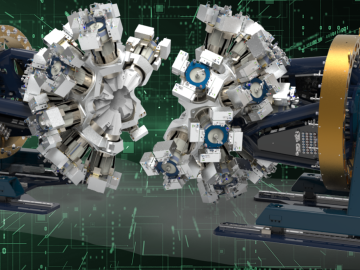
Analyzing massive datasets from nuclear physics experiments can take hours or days to process, but researchers are working to radically reduce that time to mere seconds using special software being developed at the Department of Energy’s Lawrence Berkeley and Oak Ridge national laboratories.
Scientists at ORNL have developed a method that can track chemical changes in molten salt in real time — helping to pave the way for the deployment of molten salt reactors for energy production.
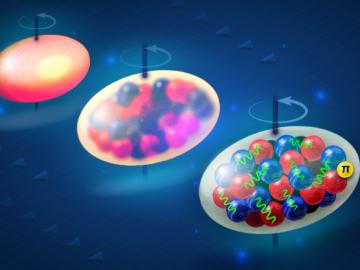
Using the Frontier supercomputer at ORNL, researchers have developed a new technique that predicts nuclear properties in record detail. The study revealed how the structure of a nucleus relates to the force that holds it together. This understanding could advance efforts in quantum physics and across a variety of sectors, from to energy production to national security.
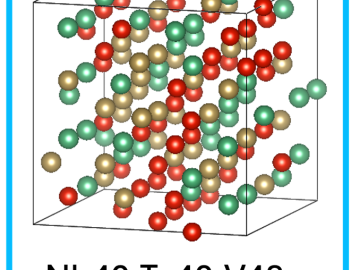
A study led by the Department of Energy’s Oak Ridge National Laboratory details how artificial intelligence researchers created an AI model to help identify new alloys used as shielding for housing fusion applications components in a nuclear reactor. The findings mark a major step towards improving nuclear fusion facilities.
The contract will be awarded to develop the newest high-performance computing system at the Oak Ridge Leadership Computing Facility.
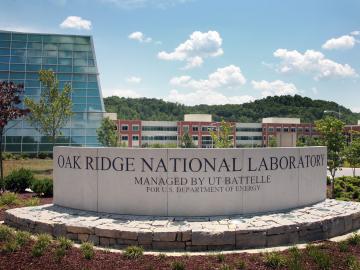
Two different teams that included Oak Ridge National Laboratory employees were honored Feb. 20 with Secretary’s Honor Achievement Awards from the Department of Energy. This is DOE's highest form of employee recognition.

Corning uses neutron scattering to study the stability of different types of glass. Recently, researchers for the company have found that understanding the stability of the rings of atoms in glass materials can help predict the performance of glass products.

Scientists at ORNL used their expertise in quantum biology, artificial intelligence and bioengineering to improve how CRISPR Cas9 genome editing tools work on organisms like microbes that can be modified to produce renewable fuels and chemicals.
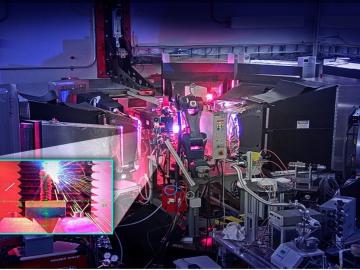
Technologies developed by researchers at ORNL have received six 2023 R&D 100 Awards.

Timothy Gray of ORNL led a study that may have revealed an unexpected change in the shape of an atomic nucleus. The surprise finding could affect our understanding of what holds nuclei together, how protons and neutrons interact and how elements form.


